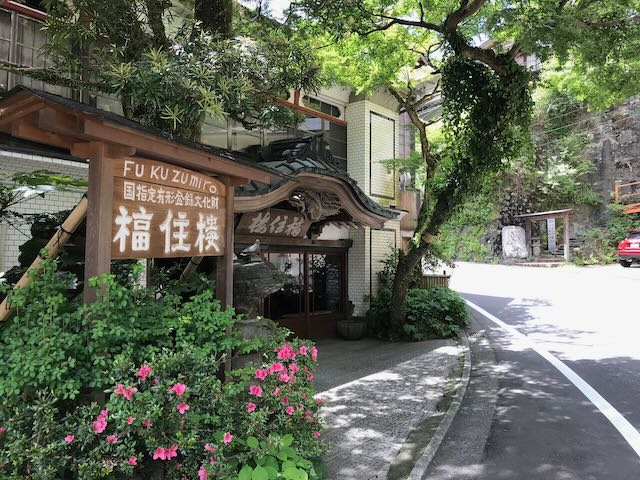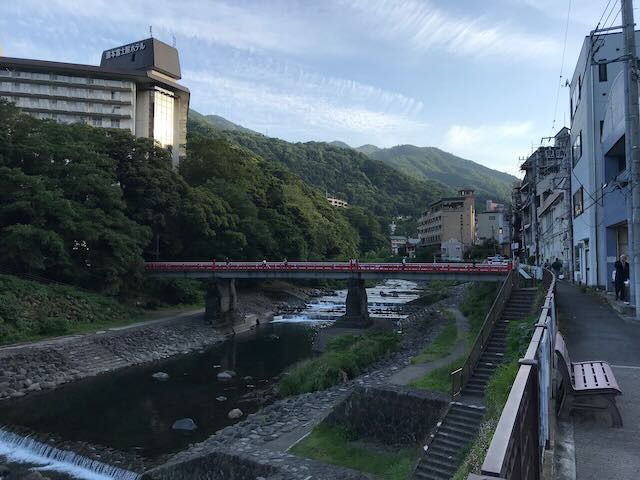
Japan is one of my favorite destinations in the world, but it can feel overwhelming when planning your first visit. With so much information available, it’s hard to know where to begin. As someone who’s explored this incredible country, I want to share some essential survival tips to help you have an amazing experience in Japan.

The first rule of traveling to Japan: do not overpack! Everything in Japan is smaller – from hotel rooms to train aisles. Try your best to pack in a carry-on only, which might seem impossible if you’re staying for an extended period.
The main reason to pack light is that you’ll want to bring things back with you. My handy tip: pack a foldable duffel bag that you can use as additional luggage for your return trip. This way, you can bring back souvenirs without the stress of figuring out how to fit everything.
Traveling light will also make it much easier to navigate from airports to hotels or between cities, as you won’t be struggling with bulky luggage up and down stairs or through crowded train stations.
Understand Japanese Etiquette
Japanese culture values respect and social harmony, so understanding basic etiquette is crucial. When in doubt, observe what locals are doing and follow their lead:
- If people are standing in line, join the queue
- If they’re removing their shoes, you should too
- If everyone is speaking quietly, keep your voice down
Many aspects of Japanese etiquette are common sense, but you need to be aware of your surroundings and adapt accordingly.



Wear Comfortable Shoes
You will do A LOT of walking in Japan! Even with excellent public transportation, exploring cities like Tokyo and Kyoto involves covering significant distances on foot. The last thing you want is uncomfortable shoes that pinch or cause blisters.
Invest in high-quality, comfortable walking shoes before your trip. Your feet will thank you after those 20,000-step days exploring temples, gardens, and city streets.

Technology Tips
Download Google Maps Offline
Even if you plan to have data access, download Google Maps for the cities you’ll visit. This allows you to navigate offline and helps tremendously when walking between attractions or finding your way from train stations to your destination.
In Kyoto particularly, having offline maps was invaluable during our walking tours to ensure we were headed in the right direction between temples and gardens.
Use Google Translate
While many signs in Japan have English translations, you’ll encounter situations where they don’t – especially in restaurants and shops. Google Translate is incredibly helpful in these scenarios.
When faced with a Japanese-only menu, simply scan the text with Google Translate, and it will display an English translation. This tool can transform potentially frustrating language barriers into manageable situations.



Stay Connected
For internet access, you have several options:
- Check your home phone plan – Some carriers offer international service add-ons. Calculate the cost to see if this works for your budget.
- Rent a pocket Wi-Fi – This portable device provides Wi-Fi access throughout your trip. We used one in Kyoto and found it extremely helpful.
- Use an eSIM – This newer technology allows you to download a digital SIM card for use abroad, making your phone function normally with local data. It’s becoming an increasingly popular and convenient option for international travelers.
Be Punctual
Japan runs on precision timing. Trains, tours, and appointments operate on strict schedules, and they will not wait for latecomers. Being even a minute late is considered a failure in Japanese culture.
Always arrive well before your scheduled departure time, whether for a tour, train, or bus. If something is scheduled to start at a specific time, it will begin exactly then – not a minute later.
Use Public Transportation
Don’t be intimidated by Japan’s public transportation system. While taxis are available, they’re expensive and don’t offer the same immersive experience.
Get yourself a Suica card from the airport (you’ll need your passport to purchase it). You can load money onto this card and use it for trains, buses, and even convenience store purchases. It makes getting around incredibly convenient and much more affordable than taking taxis everywhere.
Be Prepared to Queue
Standing in line is a fact of life in Japan. Whether you’re waiting to board a train, enter a restaurant, join a tour, or get your temple book stamped, queues are everywhere.
Japanese people are extremely respectful of lines and wait patiently for their turn. Cutting in line is seriously frowned upon. Bring your patience and be prepared to wait your turn, even if it sometimes means standing in line for an hour or two for popular attractions.
The good news is that these lines move efficiently and orderly, reflecting Japan’s commitment to process and organization.
Learn Basic Japanese Phrases
While you can get by in Japan without speaking Japanese, learning a few basic phrases goes a long way. The locals genuinely appreciate tourists who make an effort to learn even simple greetings in their language.
Focus on mastering these essentials:
- Hello (Konnichiwa)
- Thank you (Arigatou gozaimasu)
- Excuse me (Sumimasen)
- Please (Onegaishimasu)
- Goodbye (Sayonara)
These small language efforts show respect for the culture and often result in even more helpful and friendly interactions with locals, who are already known for their hospitality.
Manage Your Money
While credit cards and digital payments are widely accepted in Japan, cash is still king in many situations. Temples, small shops, and some restaurants may only accept cash.
The smallest bill in Japan is typically 1,000 yen, so you’ll accumulate a lot of coins as change. Invest in a small coin purse to manage all these coins – it’s especially useful when paying entrance fees at shrines or making small purchases.
As a bonus, Japanese coin purses make adorable and practical souvenirs that you can continue to use back home.
Carry a Trash Bag
Perhaps one of the most surprising aspects of Japan is how incredibly clean it is, despite having very few public trash cans. Even in massive cities like Tokyo, the streets are immaculate – it’s astonishing!
Since finding a place to dispose of trash can be challenging, carry a small plastic bag with you for your garbage. You might occasionally find trash cans in train stations or convenience stores, but they’re rare. Never litter – it’s completely unacceptable in Japan.
Final Thoughts
Japan is a magical destination that offers incredible experiences for travelers. While it may seem intimidating at first, these survival tips will help you navigate the country with confidence and enjoy all the amazing things Japan has to offer.
Have you been to Japan? What survival tips would you add? Share your experiences in the comments below!
Happy travels!
